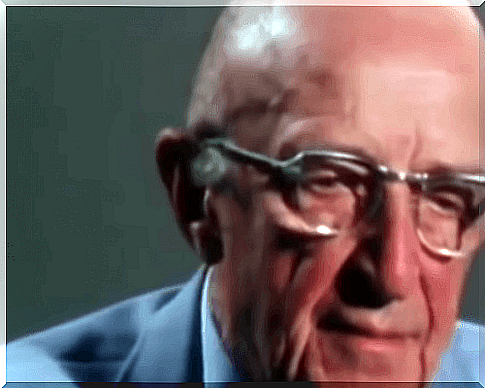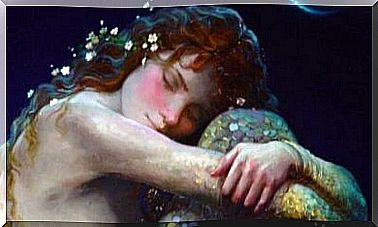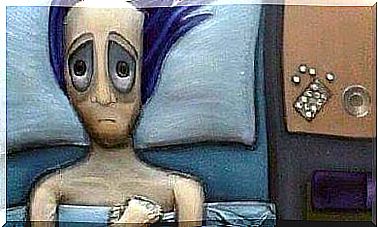A Brief History Of Psychotherapy

The history of psychotherapy is a very young branch of psychology. In fact, it has only existed since the last quarter of the 19th century when people finally stopped believing that mental illness was caused by supernatural forces. Even so, society has always been interested in explaining human phenomena that have no clear biological cause.
If you want to trace the history of psychotherapy from the very beginning, you can already look at tribal societies that talked about the soul present in all natural objects.
People in these societies believed in various forms of animism and thought that people got sick because they were possessed by an alien soul. Consequently, their healing methods were lost soul restoration ceremonies, exorcisms, confessions, and incubations.
Later, in ancient Greece and in ancient times in general, you will find the origin of contemporary psychotherapy and rational thinking, as well as philosophy and medicine. In this context, Aristotle described the various uses of the word “magic”. It was a compelling word that changed people.
Old philosophers
However, you cannot talk about the history of psychotherapy without talking about Hippocrates and Galenus.
- The Hippocratic Corpus is one of the most important milestones in modern medicine. Hippocrates associated illness with the state of the body and suggested four temperament-related moods: blood, phlegm, yellow bile, and black bile.
- Galenus developed Hippocrates’ theories and differentiated between supernatural, natural and unnatural things.

History of psychotherapy: from ancient times to modern definition
In the Middle Ages, the Church viewed mental illness as the product of the devil’s will. Confession was the way to healing. Later, during the Enlightenment, authors like Pinel introduced the idea of the moral treatment of mental illness. The concept of humanizing patients and being optimistic about the disease became increasingly popular.
As mentioned above, psychotherapy emerged in the 19th century. Cobbe uses the term “psychotherapist” in an article defending the role of belief in healing. At this stage, the key element was isolating diseases that did not result in physical injury.
On the other hand, people refined the technique of hypnosis and considered it an acceptable practice. Indeed, not only acceptable, but the treatment of choice.
People who adhered to this theory called themselves “fluidists” and its critics were “animists”. The Marquis of Puysegur was an animist and used hypnosis as a kind of artificial sleep that enabled the patient to regain memories that he otherwise could not remember.
The Nancy School
Braid later coined the term hypnosis and defined it as nervous sleep. Thanks to these advances and the work of Liebault and Bernheim, the Nancy School was born. They gave up hypnosis to help the patient achieve the same state while awake. It was then that the term “psychotherapy” was used for the first time.
In 1895 the Viennese neurologist Sigmund Freud published studies on hysteria with the doctor Josef Breuer. In their work they describe the cathartic method that they developed and used on a patient named Ana O. They later developed a free association, which is probably the method you think of when you think about psychotherapy: the patient lies on the couch talking to the therapist about a certain aspect of their own life.
Recent history of psychotherapy
After psychoanalysis, a number of alternative therapeutic methods emerged. Carl Rogers developed one that was more person-centered. Behaviorism later offered a different perspective on mental disorders. However, it wasn’t until the 1960s and 1970s for authors like Skinner and Wolpe to lay the groundwork for behavior therapy.

Other models such as Maslow’s humanistic psychology and his hierarchy of needs and the systemic model also emerged at this time. Most often, therapists applied these special theories during family therapy. Learning-based behavioral theories also led to cognitive models developed by Beck, Ellis, Mahoney, and Meichembaum.
Finally, third generation therapies (or contextual therapies) became popular in the 1990s. These approaches suggested a return to radical behaviorism, taking into account the cognitive side, but without attempting to modify its content like the rationalists did. Rather, the aim is to change the patient’s relationship to the content.
Since it is impossible to identify significant differences between different therapeutic methods and theories, some believe that you can consider them all to be the same. This assumption is called The Dodo Bird Verdict and is somewhat controversial among psychotherapists. However, there is no doubt that any type of psychotherapy is more effective than no treatment at all.









